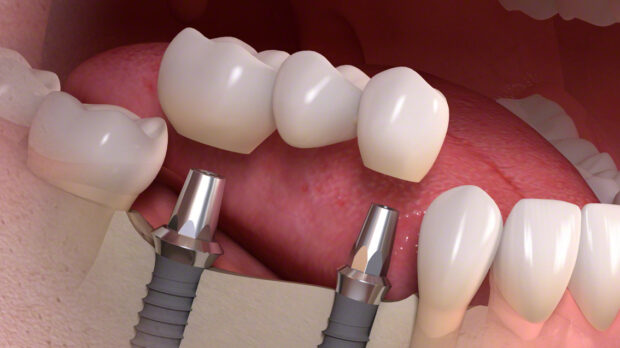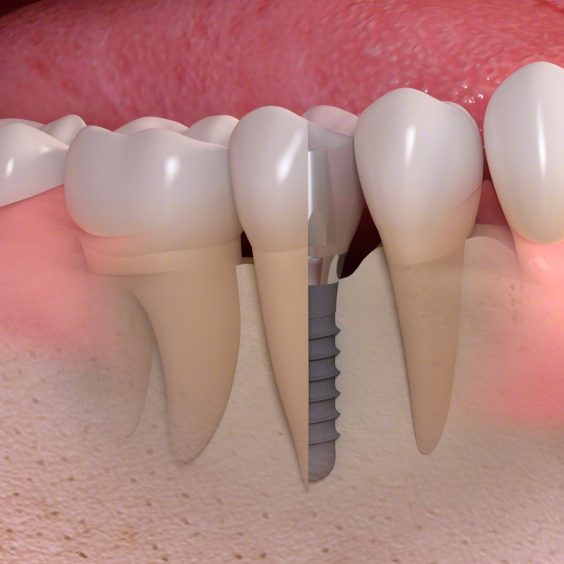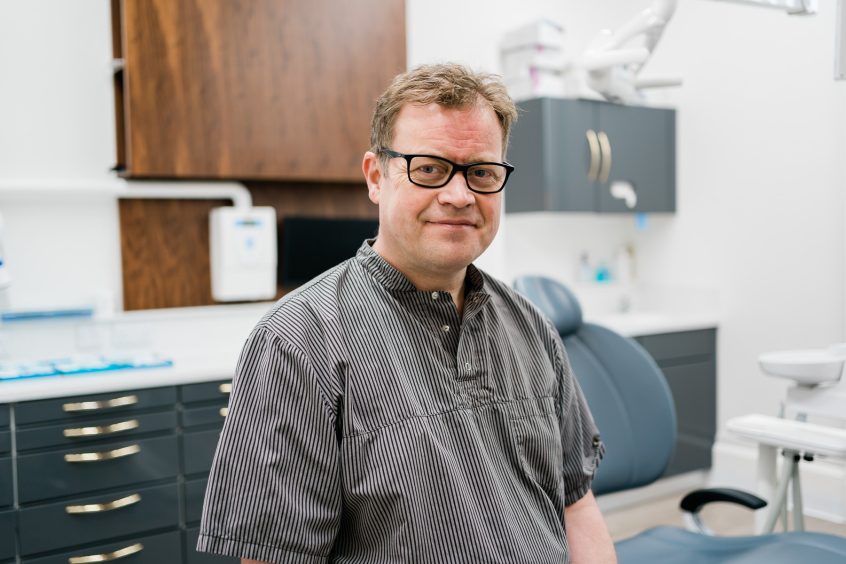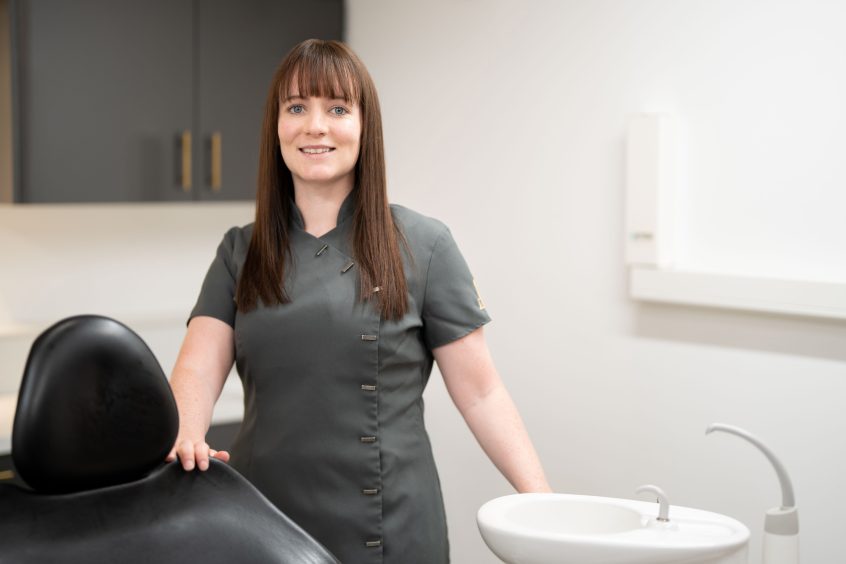Whether you have lost a tooth, or have damaged or broken teeth, you may be considering dental implants as opposed to dentures.
Implants are fast becoming the preferred treatment for patients looking to boost their confidence and improve their appearance.
Before you refer yourself to a cosmetic dentist, or implantologist, here are 5 things you need to know about before getting dental implants, including what is involved in the procedure and the time it takes.
-
Some Press and Journal online content is funded by outside parties. The revenue from this helps to sustain our independent news gathering. You will always know if you are reading paid-for material as it will be clearly labelled as “Partnership” on the site and on social media channels.
This can take two different forms.
“Presented by”
This means the content has been paid for and produced by the named advertiser.
“In partnership with”
This means the content has been paid for and approved by the named advertiser but written and edited by our own commercial content team.
1. Reasons to get dental implants
“People often prefer not to have bridges now. They prefer to go down the pathway of a dental implant because then they don’t have their natural teeth damaged,” explained Andrew Scott of Andrew Scott Dental Care in Aberdeen.
Implants – which are like artificial roots that are inserted into the bone – can be made to look very natural to fit in with the rest of your smile and match up with the rest of your teeth. Here are some of the reasons people will opt for implants:
- Teeth needing replaced after having been removed, or teeth that are failing and need to be removed
- Significant gum disease, which leads to teeth becoming loose and needing removed
- Broken or cracked teeth through trauma or accident
- Badly decayed teeth that need to come out
- To retain dentures that are moving around.
2. Experience is key
Firstly, you should make sure you choose an experienced dentist to carry out the treatment. And, if you are in Aberdeen, Aberdeenshire or the north east, there are few dentists more experienced and qualified to carry out this treatment than Andrew Scott.
Andrew Scott has been placing and restoring implants for more than two decades, most recently from his practice, Andrew Scott Dental Care.
He learned to perform the procedure in the late 1990s from one of the founding implantologists in America before attending many implant-related courses throughout this 23-year career.
And from 2011-2021, Andrew ran the Aberdeen branch of the International Team for Implantology Study Club (ITI), one of only a handful in Scotland.
Andrew Scott also collaborates with the University of Central Lancashire by mentoring fully qualified dentists in treatment planning, placing and restoring dental implants. As a result of this, on occasion some patients may be able to receive dental implants placed and restored under direct supervision by Dr Andrew Scott but at a discounted rate.
Around 60 dentists in the region use Andrew Scott for dental implants and refer patients to him.
He said:
Patients will get a highly experienced implant surgeon who can listen to their wishes, discuss the options and be able to provide them with an option that they find suitable to them.
“They can feel reassured by the experience and the treatment plan they will receive.”
3. What’s involved in the treatment?
Sometimes a tooth can be removed and an implant can be placed in the same visit. Sometimes it may even be possible to add a temporary crown, however, this is not always the case. Often having implants placed does not happen during one appointment, as any experienced implant surgeon will tell you, as it takes time.
Here is an approximate step-by-step guide about what is involved:
- This begins with a detailed consultation appointment, lasting around 1 hour
- Might involve the removal of teeth and fitting of a temporary replacement at a subsequent appointment
- Then the implants are placed (by inserting the artificial root into the bone) during a slightly longer appointment.
- There is a two-to-three-month wait after this while the implants heal into the bone (sometimes a temporary crown is placed)
- Then the crown, bridge or denture is made for you in a high-end dental lab.
- The crown, bridge or denture is fitted onto the implant as a definitive solution (sometimes a temporary crown is fitted until the definitive one is made)
4. Intravenous Sedation
Implants are usually placed with a local anaesthetic, so your mouth is numb and you should not feel a thing.
However, if you are needing dental implants, and have a phobia of the dentist, don’t worry. At Andrew Scott Dental Care, there is an experienced sedationist, Becky Lees.
Becky works as an oral surgeon within NHS Grampian providing surgical treatments such as difficult extractions and wisdom tooth removal. She has been providing treatment under sedation since 2013 and gained a Diploma in Conscious Sedation from Newcastle University in 2017.
Andrew Scott explained:
We have a trained sedationist who comes to the practice, so this is an option. That allows people who are anxious to be relaxed about their treatment. It is not a general anaesthetic, they are still awake during the procedure, but they don’t remember much about it.”
5. What if I have dentures?
Another procedure that can be done is that implants can be attached to dentures. This is particularly useful for those who have loose dentures. It’s like a press-stud. You can push the denture on to them and it clicks into place, and stabilises them.
As well as dental implants, Andrew Scott Dental Care also offers cosmetic treatment too, including 3D Smile Design, which is for people who want to alter their smile. A 3D scan of the teeth is carried out before changes to shape and colour of the teeth are discussed.
To discuss implants, or cosmetic dental treatments, contact Andrew Scott Dental Care.



